|
John Tyman's Cultures in Context Series Torembi and the Sepik A Study of Village Life in New Guinea |
|
Topic No. 14: Roles and Responsibilities ~ Photos 238 - 255 |
|
John Tyman's Cultures in Context Series Torembi and the Sepik A Study of Village Life in New Guinea |
|
Topic No. 14: Roles and Responsibilities ~ Photos 238 - 255 |
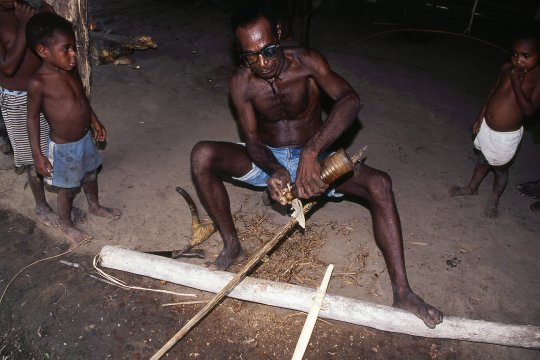 |
| 239. When making spears the shaft is shaped with an adze, and then oiled to make it more pliable. |
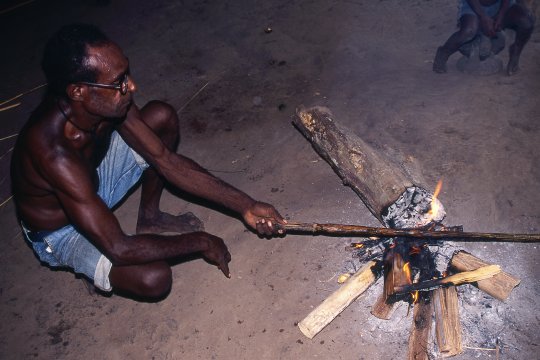 |
| 240. The portion that needs straightening is then heated over a small fire … but not burnt. |
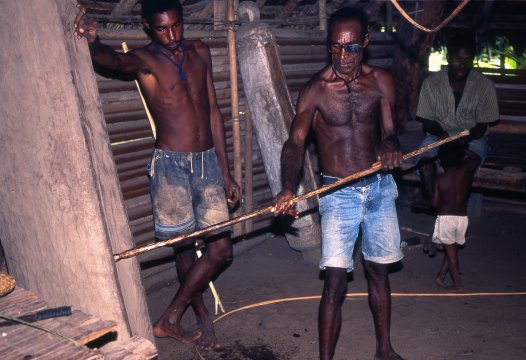 |
| 241. It is then straightened under pressure, and checked, before it is oiled and heated again … as often as required. (Also see video extract number 14) |
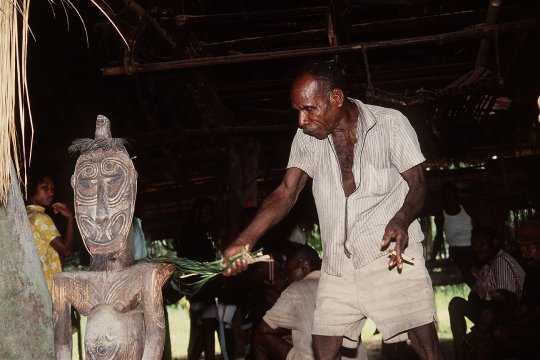 |
| 242. In addition, men are responsible for the day-to-day operation of the village, and the settlement of disputes. Problems are debated at length in the Spirit House. |
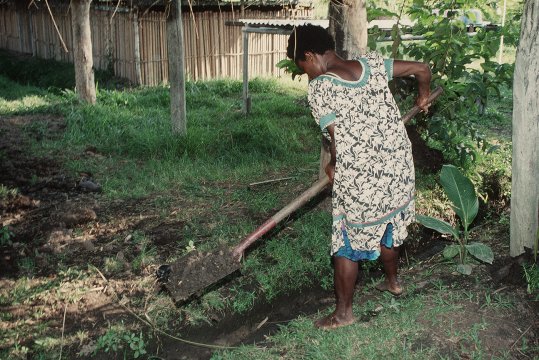 |
| 246. And after heavy rains it is their job to clean out the gutters under the house. |
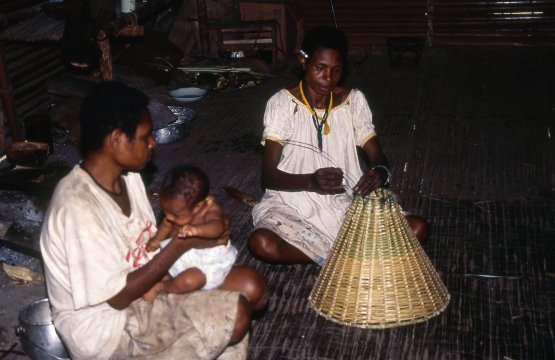 |
| 247. They weave baskets and fish traps, and they process the fibres for billums and skirts. |
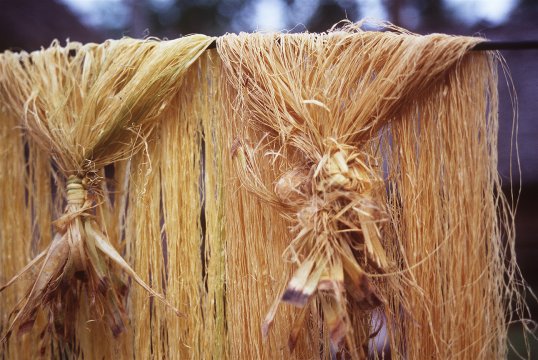 |
| 250. Bundles of this “grass” are then hung up to dry … before being knotted together to form a skirt and coloured using a variety of vegetable dyes. (Also see video extracts 17 & 18) |

![]()
Text, photos and recordings
by John Tyman
Intended for Educational Use
Only.
Copyright Pitt Rivers Museum,
Oxford University, 2010.
Contact Dr.
John Tyman for more information regarding licensing.
![]()
Photo processing, Web page layout,
formatting, and complementary research by
William Hillman ~ Brandon, Manitoba
~ Canada
www.hillmanweb.com